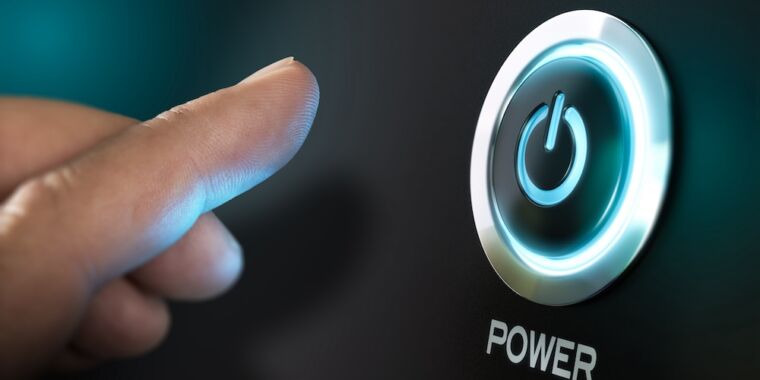Last Tuesday, loads of Linux users—many running packages released as early as this year—started reporting their devices were failing to boot. Instead, they received a cryptic error message that included the phrase: “Something has gone seriously wrong.”
The cause: an update Microsoft issued as part of its monthly patch release. It was intended to close a 2-year-old vulnerability in GRUB, an open source boot loader used to start up many Linux devices. The vulnerability, with a severity rating of 8.6 out of 10, made it possible for hackers to bypass secure boot, the industry standard for ensuring that devices running Windows or other operating systems don’t load malicious firmware or software during the bootup process. CVE-2022-2601 was discovered in 2022, but for unclear reasons, Microsoft patched it only last Tuesday.
…
The reports indicate that multiple distributions, including Debian, Ubuntu, Linux Mint, Zorin OS, Puppy Linux, are all affected. Microsoft has yet to acknowledge the error publicly, explain how it wasn’t detected during testing, or provide technical guidance to those affected. Company representatives didn’t respond to an email seeking answers.



That depends, if you’re going to run a barebones W10 install with what amounts to a word processor I think 2GB should be enough. If you can run Chrome you can run a VM. 4GB if you’re feeling generous, that’s a fair compromise as compared to the disadvantages of dual booting.
I remember trying to push the limits with a Windows 10 VM, and 2GB was the bare minimum;
however, Windows loves to abuse virtual memory (basically using the main storage drive instead of RAM) and if that drive is a HDD the PC is little more than an IoT space heater.
A relative of mine has a Windows 10 PC with 4GB of memory and it takes ~ 5 minutes to start Chrome after booting it up; it does have a lot of miscellaneous bloatware on it, though.